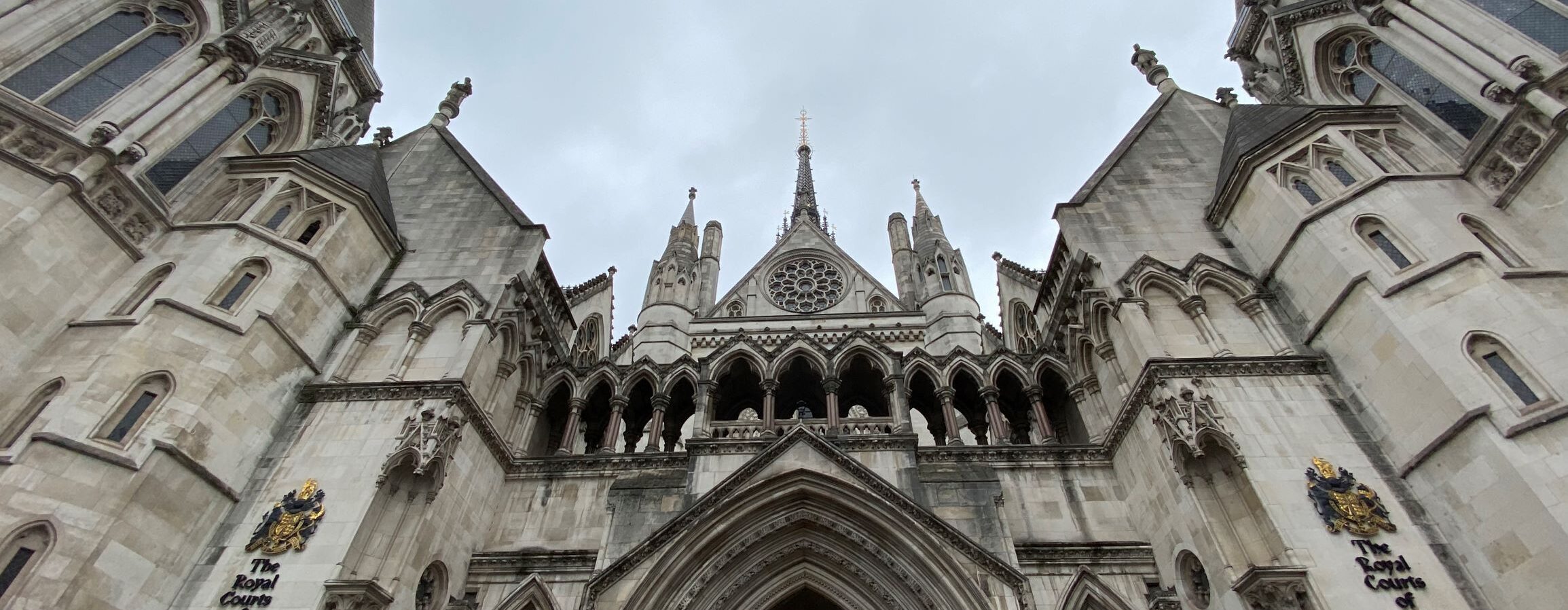Lifelong anonymity granted to the UK’s youngest ever terrorist
Facts
On 23 July 2015, “RXG” pleaded guilty to two offences of inciting terrorism overseas contrary to section 59 of the Terrorism Act 2000. Those acts were the murder of police officers during an attack on an ANZAC Parade in Melbourne, Australia and the murder by beheading of a person in Australia.
The plot was unsuccessful and no attacks were carried out. RXG committed the offences when he was 14 years-old. He is the youngest person ever to be convicted of a terrorist offence and, unsurprisingly, the case received international media attention. On 2 October 2015, Saunders J imposed a life sentence with a minimum term of 5 years. The earliest date on which RXG may be considered for release is 2 October 2020.
During RXG’s trial, reporting restrictions were imposed under section 45 of the Youth Justice and Criminal Evidence Act 1999 (the 1999 Act). The effect of those restrictions was that no matter relating to RXG could, whilst he was under 18, be included in any publication if it was likely to lead members of the public to identify him as the defendant in the criminal proceedings.
In October 2017, RXG was the subject of an autism assessment which concluded that his “social, communication, cognitive, motivational and sensory functioning and behaviours are commensurate with high functioning autism”. RXG became an adult in 2018 which, ordinarily, would have seen him transferred to adult prison but that decision was delayed pending the outcome of the claim before the Divisional Court.
The reporting restrictions under section 45 of the 1999 Act would have come to an end on RXG’s 18th birthday. Representatives of RXG (then still a child) commenced proceedings in the High Court on 13 June 2018 by Part 8 Claim Form.
Judgment
This claim before the Divisional Court raised the issue of the circumstances in which the High Court should extend the anonymity of child defendants in criminal proceedings beyond their 18th birthday.
RXG sought an exceptional lifelong anonymity order under the “Venables jurisdiction”. The Divisional Court (PQBD and Nicklin J) granted the order on the basis that the evidence did not demonstrate a threat that engaged Articles 2 and/or 3. However, they found that there was compelling evidence that identifying RXG was likely to cause him serious harm and to interfere significantly with his Article 8 rights. This outweighed the interest in reporting of his name.
The court acknowledged that any prohibition on the identification of a defendant in criminal proceedings is a serious matter and represents a significant interference with the open justice principle. It did so in this case, notwithstanding that RXG’s trial was in public and all the facts pertaining to his offending, except for his identity, were therefore in the public domain. Nevertheless, the judgment of the court in this instance was that it was both necessary and proportionate to make such an order.
Details of the judgement are available on the Judiciary website.


